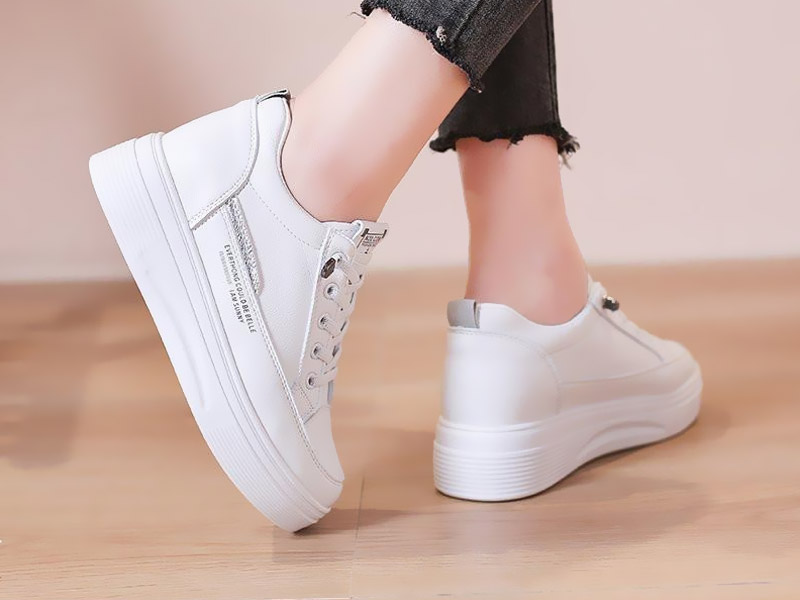Polyurethane (PU for short) is a kind of polymer material formed by the reaction of isocyanate and polyol. It has an open microporous elastic structure and belongs to microporous elastomer. The cell diameter of this material is between 0.01 and 0.1mm, the free foam density is 0.25 to 0.35, and the molding density is in the range of 0.3 to 1. Polyurethanes are known for their excellent wear resistance, high elasticity, portability, resistance to hydrolysis, acid, alkali and organic solvents, and anti-aging properties. Therefore, the safety sole made of polyurethane has the characteristics of lightweight, warm, oil resistance, flexural resistance and wear resistance. The wear resistance is more than six times that of rubber, and its density and hardness can be adjusted according to demand to create a double density double sole.
Compared with ordinary sole materials, polyurethane materials are light, with a specific gravity of only 0.3-0.8, which is ideal for thick soled shoes that require impact resistance and anti-puncture protection. At present, 15% of the world's safety shoes use polyurethane as a sole material.
The use of polyurethane material to produce sole has low mold requirements, simple production and low investment cost. The molding method is simple, and it can produce both sole and upper shoes. Polyurethane sole has strong bonding ability with various fabrics, flexible adjustment of products and output, and ADAPTS to the needs of modern industrial production.

The production of polyurethane soles requires the preparation of spacious production sites, corresponding raw materials, semi-finished products and finished product warehouses. Despite the large footprint of the production equipment, due to its light weight, it is easy to install and move, and can even be placed upstairs. It is also necessary to set up a spray painting area, if the production of upper shoes, it is necessary to increase the upper sewing and styling equipment. The raw material is divided into A, B, C three components, A, B components need to be completely melted in the preheating oven, and then add the C component catalyst and color paste in the A material, respectively added to the sole forming machine in the liquid tank. According to the formula requirements and pouring amount, the speed of the metering pump of the two components is adjusted. The two groups of stock liquid are mixed in the mixing device at high speed and chemical reaction occurs. The mixture is injected into the shoe mold, which is covered and sent to the drying channel for heating and curing. The cured polyurethane sole is finished after stripping, trimming, finishing and maintenance. In order to meet the needs of different industries, wear-resistant agents, cold-resistant agents, antistatic agents, etc., can be specially added to improve the wear resistance, cold resistance, expansion resistance, flexural resistance and other characteristics of safety shoes.